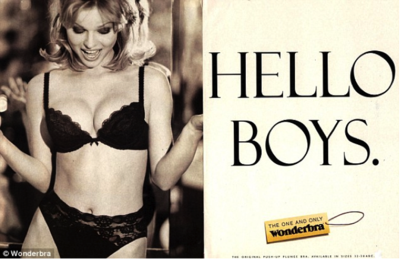new kid on the Hanbury Street block – thinking, fast and slow
This
week I’ve been given some time to do some proper reading. There’s no
opportunity to skim here; it is fascinating and dense psychological stuff. My
tome? ‘Thinking, Fast and Slow’ by Daniel Kahneman. This book will form part of
a much bigger project about how we hold brands in our memory, but for now,
while I pace through part 1, I’m going to pick out one particular theory.
It’s
not the most shiny, sparkly new theory, but an old one that often gets
forgotten: The Halo Effect. In short The Halo Effect is our tendency to like or
dislike someone or something as a whole. If you’re impressed by one part of a
person’s character you’re likely to assign other positive attributes to them
even if you have no factual evidence for these.
Kahneman
uses the example of meeting a lass called Joan at a party. You chat and get on
well. Joan’s name comes up as someone who might be needed to contribute to a
charity. You’re then asked: “What do you know about Joan’s generosity?” The
real answer is absolutely nothing. You didn’t speak about her charitable
pursuits. You don’t know that she took 5 bags of clothes to Oxfam last week.
However, because you liked Joan you retrieve this positive feeling in your
mind. Generosity is something you admire. You also admire Joan. So you are then
perfectly set up to hold a belief that Joan is a generous person.
This
is actually a fiction, or at least far from a fact. It could be true but you
have no real evidence. So The Halo Effect produces a simple bias. Another
example is: “If you like the president’s politics, you probably like his voice
and appearance as well”.
The
Halo Effect can be pretty useful to brands. Especially in trying to combat the negative
schema mentioned in my post last week. If we can get consumers to like one
distinctive thing about a brand, they may well then be less cynical and more
receptive to finding out about other facets of the business. Most importantly
this will happen subconsciously without any brash instructions. Our brains
induce a halo effect without us knowing it’s there. This makes for an
interesting way to deliver a message without it being overtly sold to or pushed
at the consumer.
[Thoughts from Planning
newbie Alexa]







